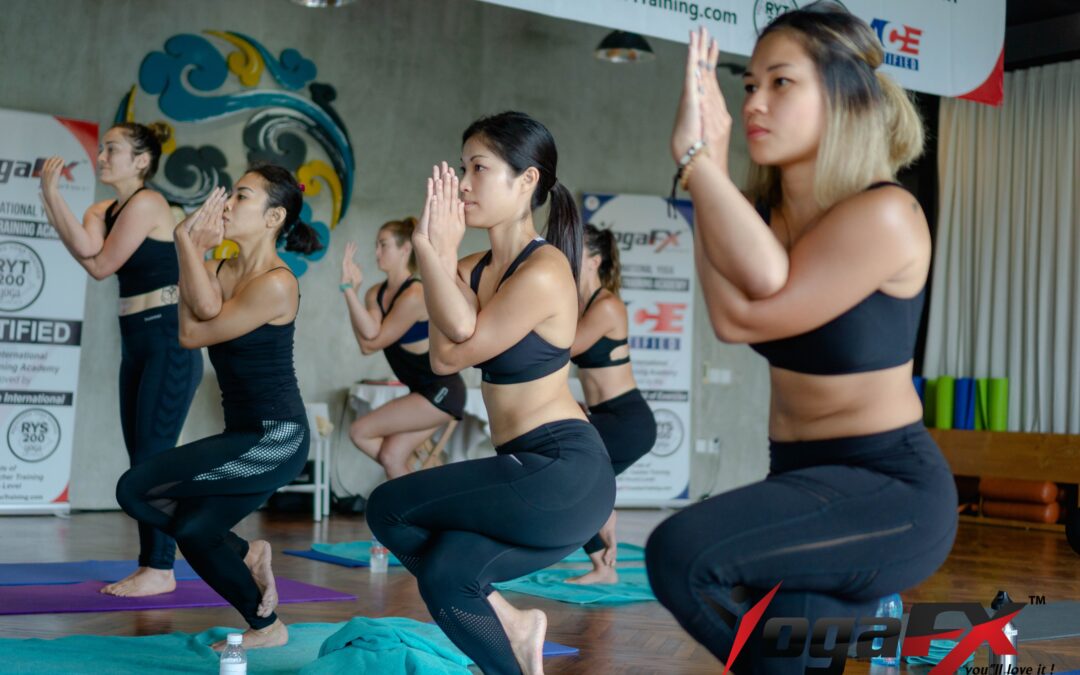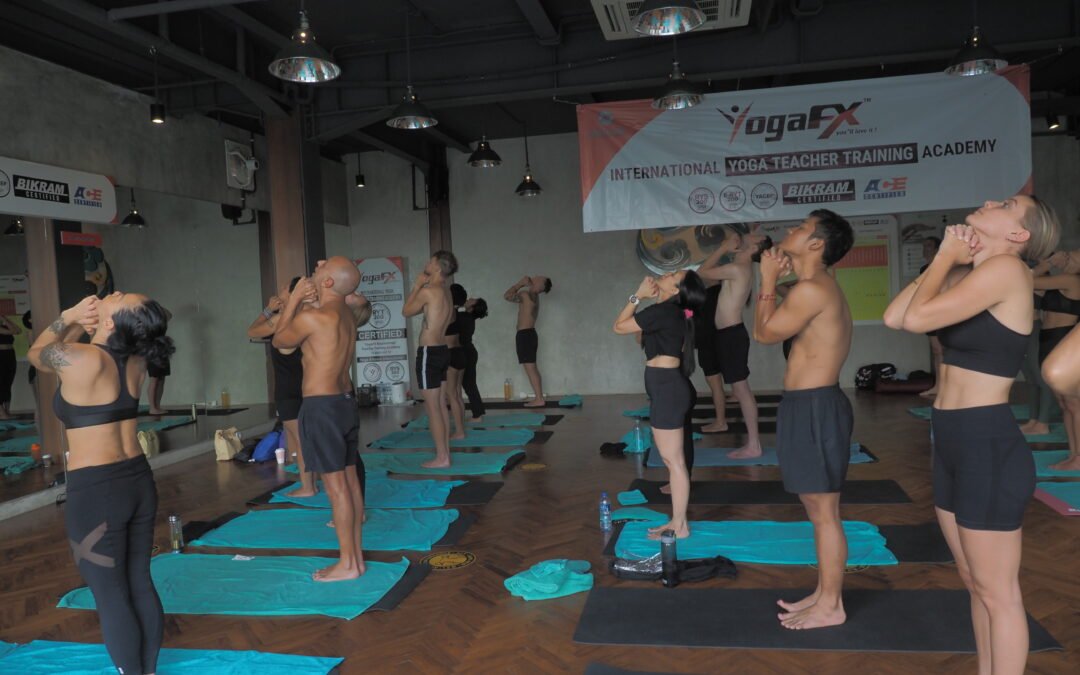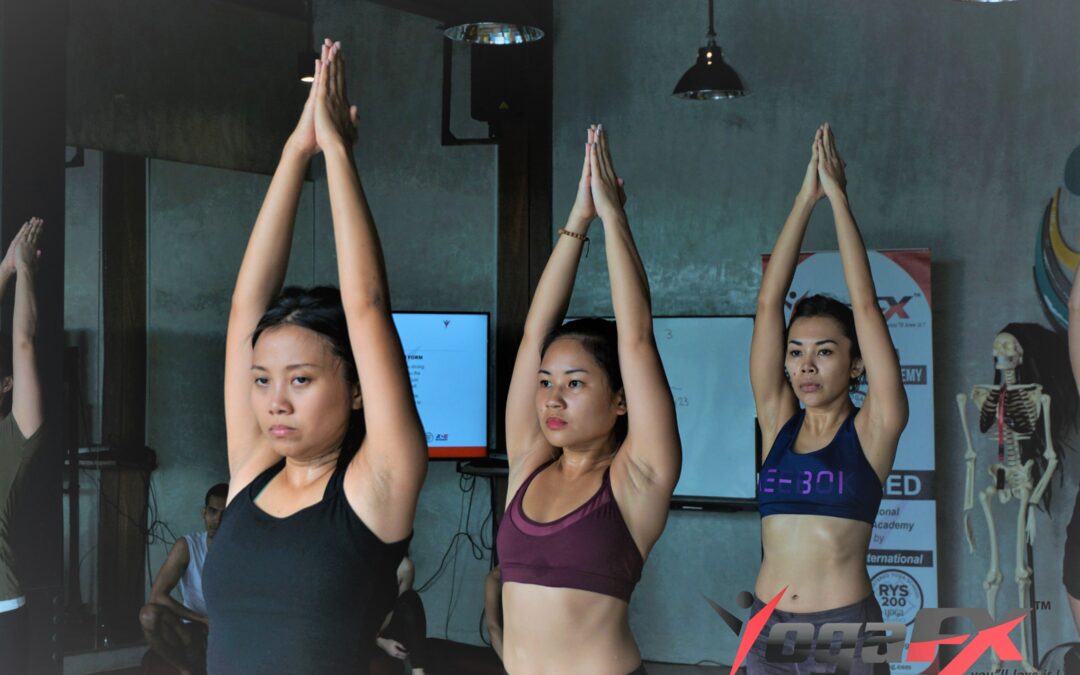Inversion yoga poses, characterized by the uplifting experience of defying gravity, have gained significant popularity in the world of yoga. These poses, which involve positioning the head below the heart, offer a unique perspective both physically and mentally. Inversion yoga poses, known for their numerous health benefits and transformative effects, have captivated yogis of all levels.
In this guide, we will explore the enchanting world of inversion yoga poses, delving into their benefits, techniques, and the precautions to consider before incorporating them into your practice. Whether you’re a seasoned yogi eager to explore new horizons or a curious beginner looking to expand your yoga repertoire, this comprehensive guide will equip you with the knowledge and confidence to embrace the transformative power of inversion yoga poses.
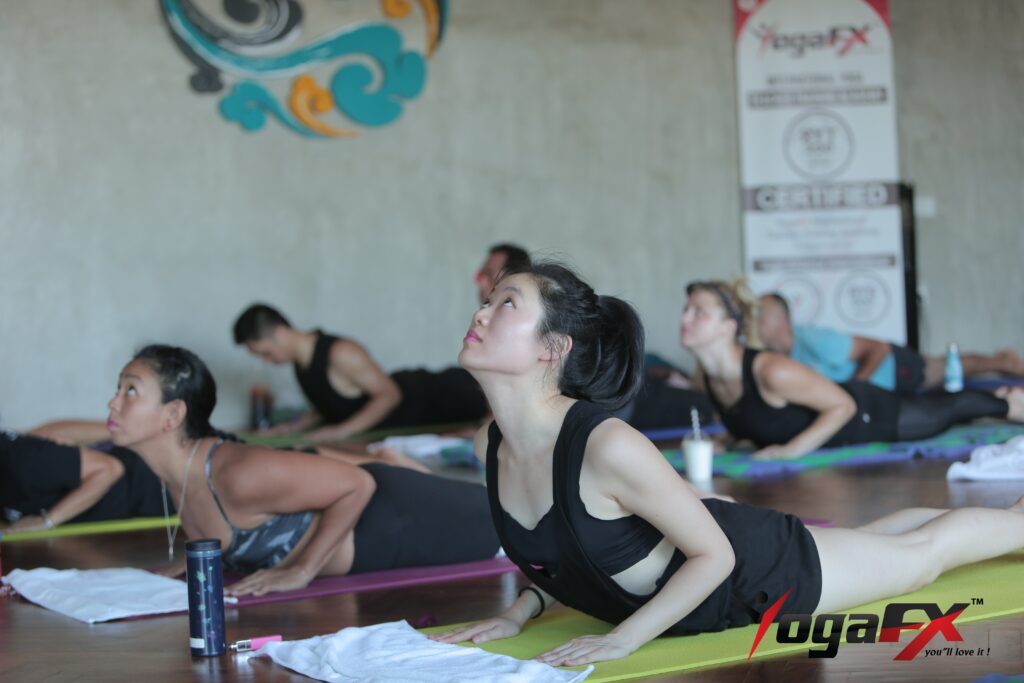
Understanding Inversion Yoga Poses
Inversion yoga poses are a subset of yoga postures that involve positioning the body upside down or placing the head below the heart. These poses challenge our sense of balance and invite us to see the world from a different perspective. Inversions, such as headstands, handstands, shoulderstands, and forearm stands, require strength, stability, and focus.
“I Never Dreamed About Success I Worked For It”
Benefits of Inversion Yoga Poses
The benefits of practicing inversion yoga poses extend beyond the physical realm. Inversions help improve circulation, as the reversed position encourages blood flow to the upper body and brain. This increased circulation nourishes the cells, promotes detoxification, and enhances overall vitality. In addition, inversions stimulate lymphatic drainage, supporting the body’s natural detoxification process.
On a mental and emotional level, inversions promote a sense of focus and calm. The shift in perspective and the increased blood flow to the brain can help improve concentration, memory, and mental clarity. Inversions also offer a unique opportunity to overcome fear, build self-confidence, and cultivate a sense of empowerment.
Preparing for Inversion Yoga Poses
Before attempting inversion yoga poses, it’s essential to warm up the body and prepare the muscles. Engage in dynamic stretches and gentle exercises to awaken the core, shoulders, and upper body. Strengthening the core is particularly important, as it provides stability and support during inversions. It is crucial to approach inversions with caution and gradually build strength and confidence over time.
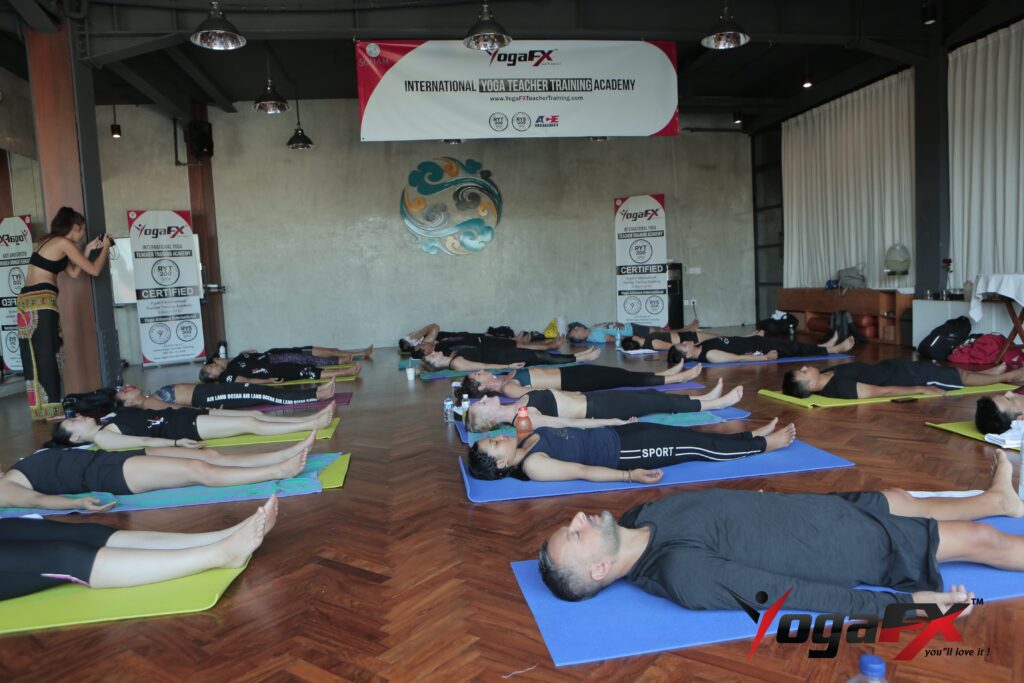
Techniques and Alignment Tips for Inversion Yoga Poses
Proper technique and alignment are essential to safely practice inversion yoga poses. Begin with a solid foundation, engaging the core and grounding through the hands or forearms. Maintain a lengthened spine, creating space between the vertebrae. Activate the muscles of the shoulders, arms, and upper back to provide support and stability. Focus on controlled breathing to cultivate a sense of calm and relaxation.
Modifications and progressions are available for practitioners at different levels. Beginners can start with supported inversions using props such as blocks or the assistance of a wall. As confidence and strength increase, practitioners can explore more advanced variations of inversions. It’s important to listen to your body, respect its limits, and gradually progress at a pace that feels comfortable and safe.
Overcoming Fear and Building Confidence
Inversions can evoke feelings of fear and vulnerability. It is essential to approach inversions with patience and respect for your body’s limitations. Gradually overcoming fear begins with building a strong foundation through consistent practice, proper technique, and guidance from a qualified yoga instructor. By cultivating strength, body awareness, and trust in your abilities, you can gradually build confidence and embrace the transformative power of inversions.
Incorporating Inversion Yoga Poses into Your Practice
Integrating into your practice requires thoughtful sequencing and preparation. Begin with a warm-up that focuses on opening the shoulders, stretching the spine, and engaging the core. As you progress, incorporate inversions strategically within your practice, considering the flow and energy of the class. Be mindful of providing adequate time for rest and recovery after inversions.
Partner and Prop Assisted Inversions
Exploring partner exercises and using props can enhance your inversion practice. Partner exercises can offer support, assistance, and a sense of community. Prop usage, such as blocks, straps, and bolsters, can provide additional stability, alignment, and ease during inversions. Working with a partner or utilizing props can deepen your understanding of inversions and open new possibilities for exploration.
Precautions and Contraindications
While inversions offer numerous benefits, they are not suitable for everyone. Individuals with certain medical conditions, such as high blood pressure, glaucoma, neck or back injuries, or during pregnancy, should exercise caution or avoid inversions altogether. It is important to consult with a healthcare professional or a qualified yoga instructor before attempting inversions if you have any concerns or pre-existing conditions.
Conclusion
Inversion yoga poses hold a transformative power that goes beyond physical benefits. By incorporating inversions into your practice, you can experience improved circulation, increased mental clarity, and enhanced self-confidence. As you embark on your inversion journey, consider taking the Bikram Hot YogaFX teacher training offered by Mr. Ian and YogaFX. This Yoga Alliance certified program provides comprehensive training in 26 and 2 yoga, also known as Bikram Yoga, equipping you with the knowledge and credentials to excel as a Bikram yoga instructor.
So, embrace the enchanting world of inversion yoga poses and discover the profound physical and mental benefits they offer. With patience, practice, and the guidance of a qualified instructor, you can experience the transformative power of inversions and elevate your yoga practice to new heights.



